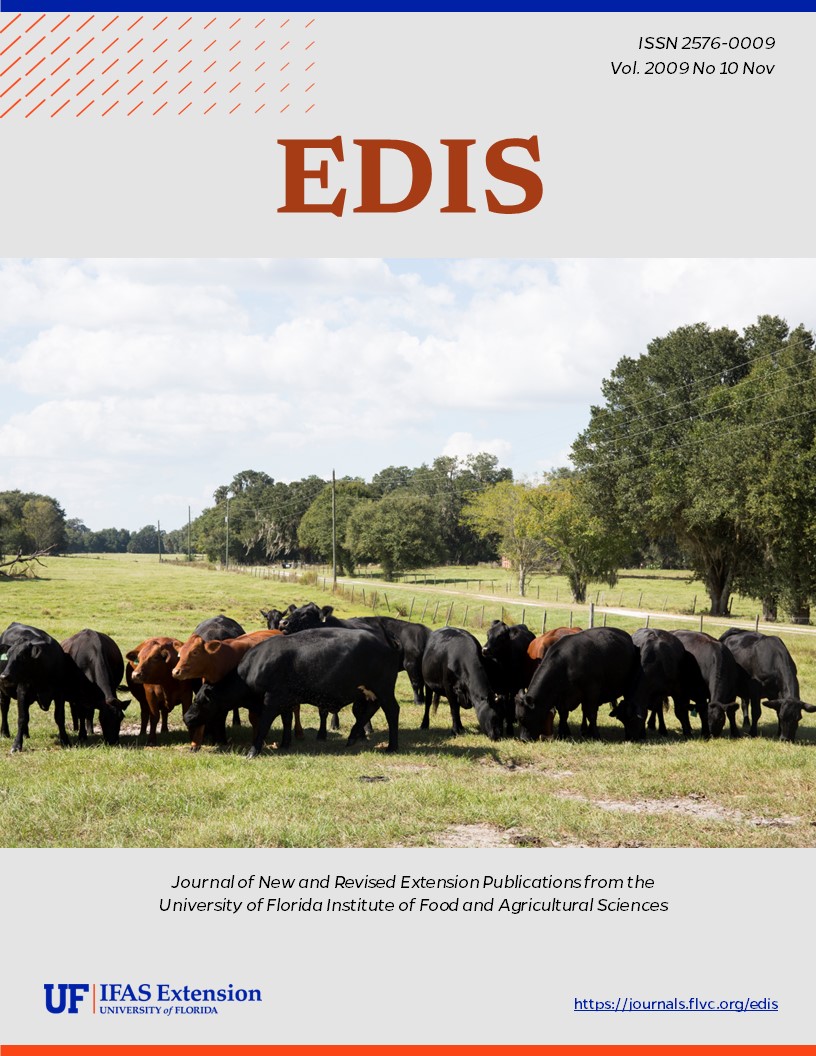Abstract
Revised! FCS2141, a 5-page fact sheet by Kate Fogarty and Garret D. Evans, explores the meaning of “involvement” for fathers, and provides some strategies for having healthy and involved relationships with one’s children. Includes references. Published by the UF Department of Family, Youth and Community Sciences, November 2009.
References
Badalament, J. (2008). Engaging modern dads in schools. Independent School, 67. Retrieved November 10, 2008 from http://www.pressomatic.com/tridentacademy/upload/msilgals//Why%20Schools%20Need%20to.pdf.
Biller, H. (1993). Fathers and Families: Paternal Factors in Child Development. Westport, CT: Auburn House/Greenwood Publishing Group.
Bonney, J.F., Kelley, M.L., & Levant, R.F. (1999). A model of fathers' behavioral involvement in child care in dual-earner families. Journal of Family Psychology, 13, 401-415. https://doi.org/10.1037/0893-3200.13.3.401
Bronte-Tinkew, J., Carrano, J., Horowitz, A., & Kinukawa, A. (2008). Involvement among resident fathers and links to infant cognitive outcomes. Journal of Family Issues, 29, 1211-1244. https://doi.org/10.1177/0192513X08318145
Colorado Foundation for Families and Children. (2002). Colorado Fathers' Resource Guide. Denver, CO: Colorado Fatherhood Connection.
Kazura, K. (2000). Fathers' qualitative and quantitative involvement: An investigation of attachment, play, and social interactions. The Journal of Men's Studies, 9, 41-57. https://doi.org/10.3149/jms.0901.41
Manlove, E.E. & Vernon-Feagans, L. (2002). Caring for infant daughters and sons in dual-earner households: Maternal reports of father involvement in weekday time and tasks. Infant & Child Development, 11, 305-320. https://doi.org/10.1002/icd.260
Marsiglio, W. (2006). Stepdads: Stories of Love, Hope, and Repair. Lanham, MD: Rowman & Littlefield
Marsiglio, W., Day, R.D., & Lamb, M.E. (2000). Exploring fatherhood diversity: Implications for conceptualizing father involvement. Marriage and Family Review, 29, 269-293. https://doi.org/10.1300/J002v29n04_03
McBride, B.A., Schoppe-Sullivan, S.J., & Ho, M.H. (2005). The mediating role of fathers' school involvement on student achievement. Applied Developmental Psychology, 26, 201-216. https://doi.org/10.1016/j.appdev.2004.12.007
Palkovitz, R. (2002). Involved fathering and child development: Advancing our understanding of good fathering. In C.S. Tamis-LeMonda & N. Cabrera (Eds.), Handbook of Father Involvement: Multidisciplinary Perspectives (pp. 119-140). Mahwah, NJ: Lawrence Erlbaum.
Palkovitz, R., & Palm, G. (2009). Transitions within fathering. Fathering: A Journal of Theory, Research, and Practice, 7, 3-22. https://doi.org/10.3149/fth.0701.3
Pleck, J.H., & Masciadrelli, B.P. (2004). Paternal involvement by U.S. residential fathers: Levels, sources and consequences. In M.E. Lamb (Ed.), The Role of the Father in Child Development, 4th Edition (pp. 222-271). Hoboken, NJ: Wiley.

